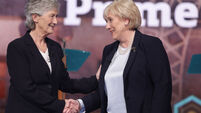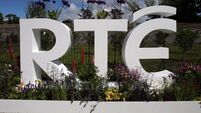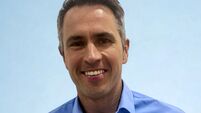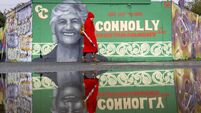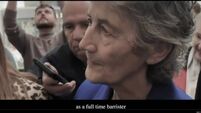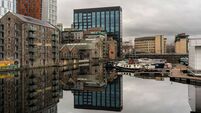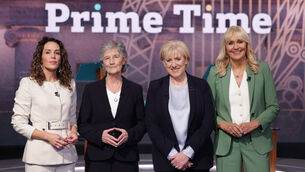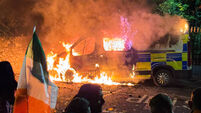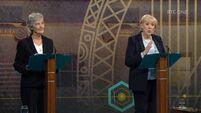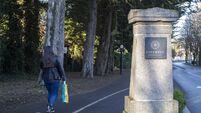Book extract: Jack Lynch's TV broadcast that broke the mould
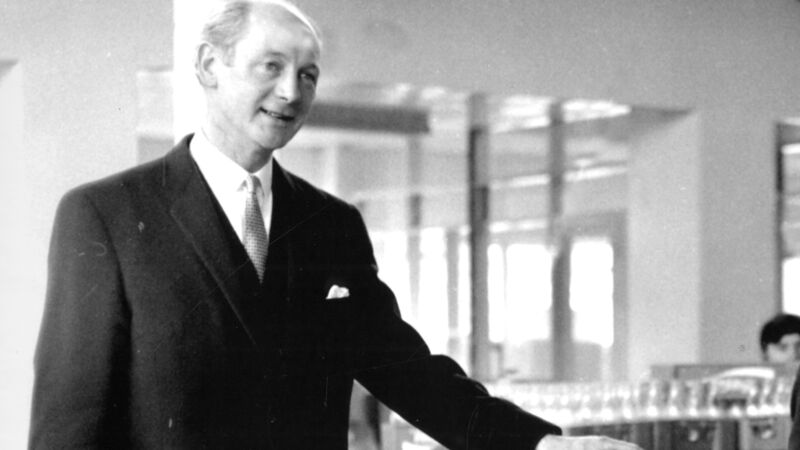
Tom Savage's decision to film Jack Lynch's piece to camera outdoors in his car helped enliven that party political broadcast — and had the spinoff effect of making Charles Haughey's contribution look as wooden and drab as such clips tended to be. Picture: Irish Examiner Archive
Although we were not part of Bunny Carr’s new company, Carr Communications, we were in constant touch with him. He had become godfather to our son Anton when we eventually got around to having the latter baptised.
My husband Tom and I were making a precarious living as freelance journalists, but Bunny frequently called on us to fill gaps, in that first year, which was fun and always unexpected. Tom was never fazed by the unexpected.
That ability to deal with and make sense of the new, combined with utter fearlessness, meant that when Bunny Carr phoned him in 1977 and asked him to abandon whatever he was doing and instead go immediately to RTÉ,
Tom asked only a few questions.
Who would he meet there? Jack Lynch, leader of Fianna Fáil. Why? Because Lynch was in RTÉ to do a party political broadcast and it wasn’t going well. And? And Bunny, when the call came from Lynch asking if Bunny had someone who could rescue the situation, had immediately nominated Tom.
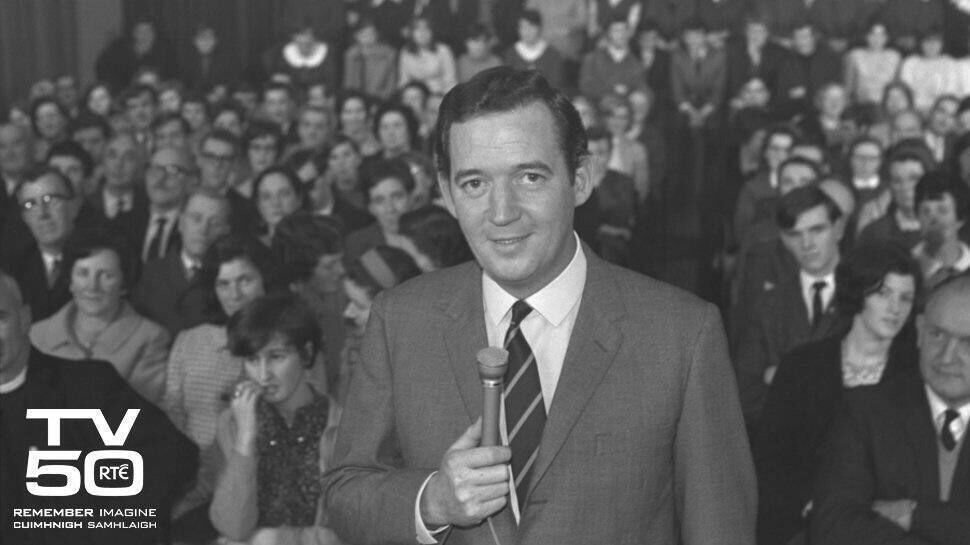
It was a measure of the trust between Bunny and Tom that the former trusted the latter to rescue a party political broadcast while knowing that the latter had never had hand, act or part in a party political up to that point.
In this instance, he had something in common with Jack Lynch. He was a talented sportsman who played football, hurling and had won a Sigerson Cup medal for tennis.
T Ryle Dwyer, for decades a contributor to the and a historian too, called Lynch ‘the most popular politician since Daniel O’Connell’.
But before that, Lynch had been a dual player of Gaelic games throughout the 1930s and 1940s, with eight Munster titles — six in hurling and two in football and six All-Irelands — five in hurling and one in football.
Because of his sporting fame, he was asked to run by more than one political party but started in politics as Fianna Fáil leader Éamon de Valera’s speechwriter and researcher.
From the fifties onwards, he was a TD, holding many parliamentary posts. In 1966, the leader of the party, Seán Lemass, resigned, ushering in a fraught leadership contest that led to deep and continuing rifts within the party. Lynch beat George Colley to become leader in November of that year.
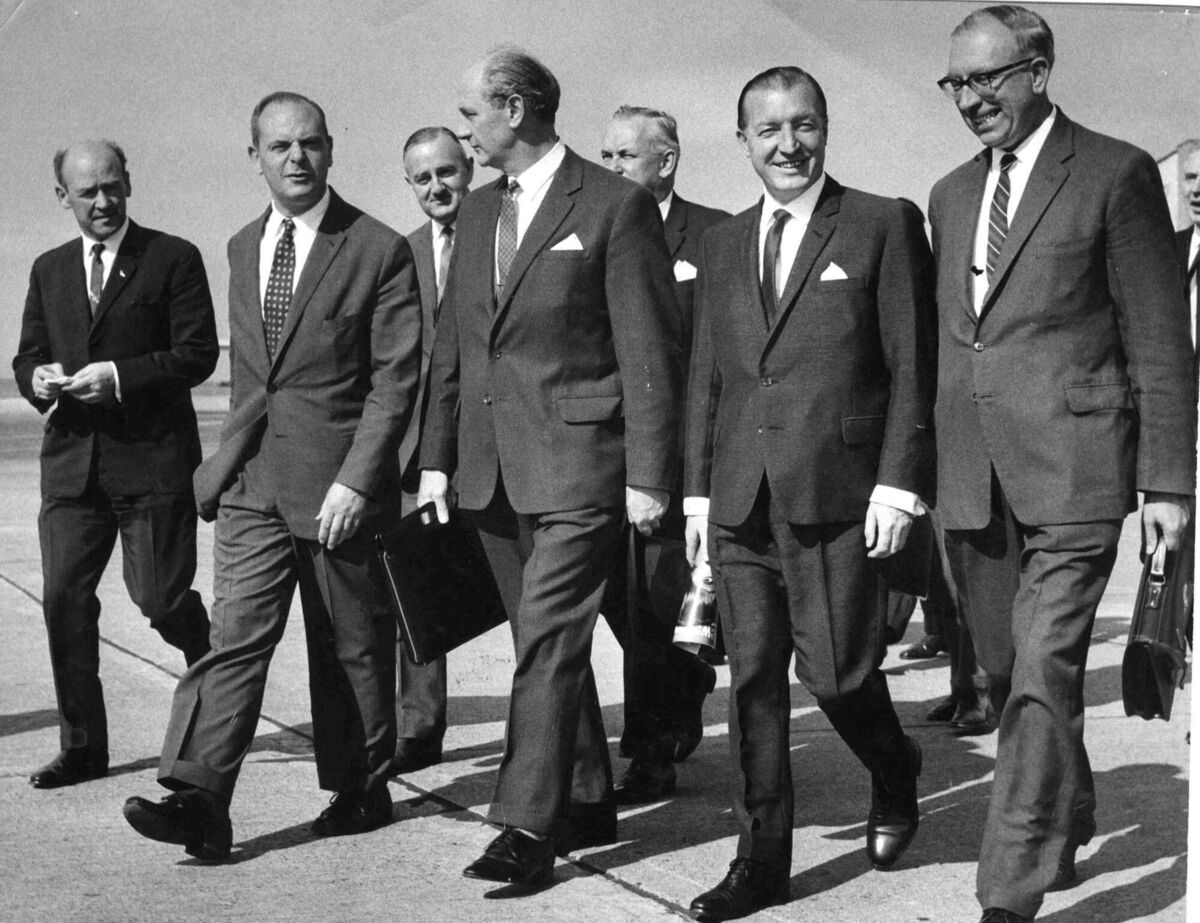
Following Bunny’s phone call, Tom drove to Montrose, where he found Jack Lynch in his car in the car park. He sat into the car with him while the armed garda driver sat in the back.
Unhurried despite the deadline, Tom did what he always did with other sportsmen: talked about sport. They bonded; Lynch relaxed.
Then Tom asked him what the problem was and learned that one of the participants in the broadcast, one Charles J Haughey, was refusing to be present in studio when Lynch was there. Haughey and Lynch were daggers drawn on a permanent basis. So? asked Tom. Haughey was going to have to be filmed separately. Fine. Lynch was resigned to that.
What was seriously worrying him was the script he had been handed, and once Tom saw it, he was equally worried. Out came the fountain pen and in beautiful cursive handwriting he rewrote the entire thing, with Lynch’s agreement.
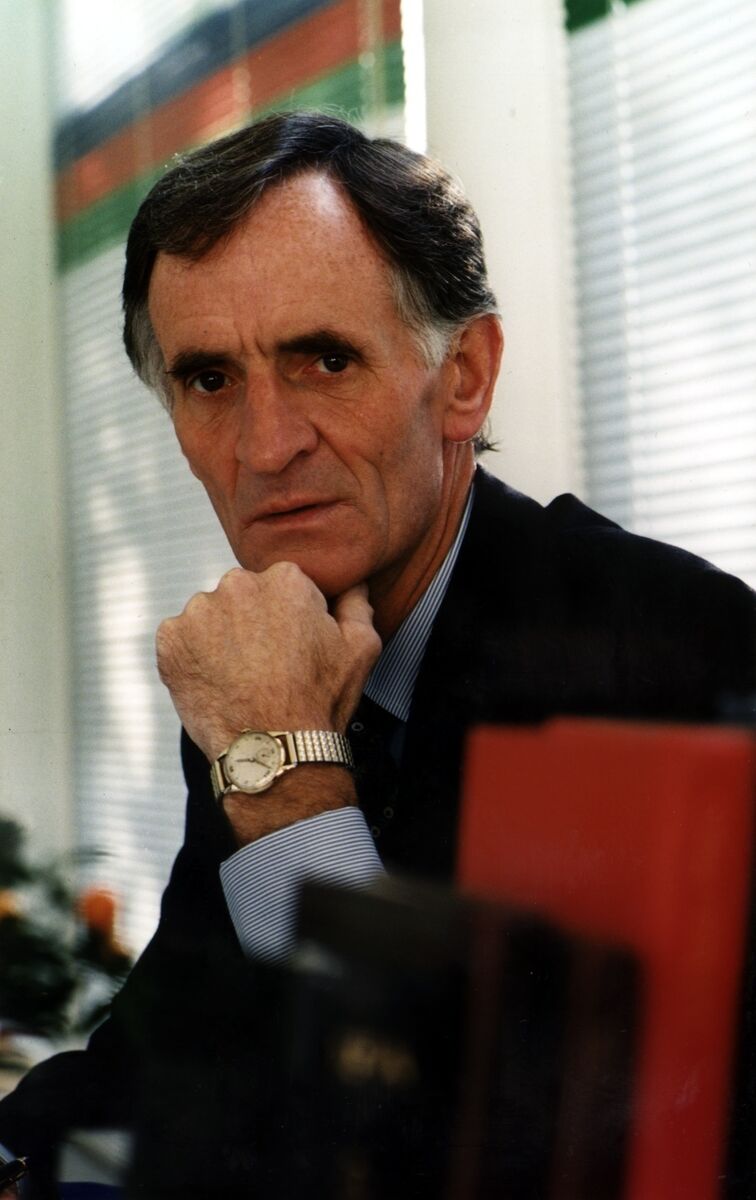
Tom told Lynch to stay put and went into the main building in Donnybrook, and talked with the camera operators. He suggested bringing the entire thing outside — something that had never happened before.
Party political broadcasts then were a black and white nightmare featuring the incompetent reading the incomprehensible off an unfamiliar technology, looking like they’d recently been convicted of serial killing.
Tom invited the RTÉ lads, who knew him from a few years’ appearances on the late-night tiny sermon slot, to consider how much more rewarding it would be to work outside, without autocue. Cameras were hoisted up, tripods carried, and the crew set up afresh around Lynch’s car.
Lynch had been quietly working his way through the amended script and told Tom he was ready. Tom walked him through it.
Lynch would talk to the camera through the window of the car and when he reached the end of it, would smack the door of the car as a signal to his driver, now back in the seat beside him, to get the Merc moving.
Tom explained to Lynch that many takes would probably be needed, but the first — although it was going to be filmed — would be just a run-through.
Lynch nodded, accepted instructions about count-downs, turned to the camera as if it was an old friend, talked to it, smacked the car door and was taken off down the RTÉ drive. It was a perfect take. Everybody was happy.
The only person who came badly out of that broadcast was Charles Haughey, who delivered a solidly stilted piece in the middle of an otherwise lively short programme. He was like a dead man talking to camera in the RTÉ studio.
It did Haughey no favours, but — as the embattled always do — he learned the wrong lesson from it. Instead of figuring that this Tom Savage person had managed to make Jack Lynch look energetic and persuasive, CJ simply decided that Tom, whom he had never met, belonged in the enemy camp.
The word went out within Fianna Fáil: Do not go near Carr Communications.
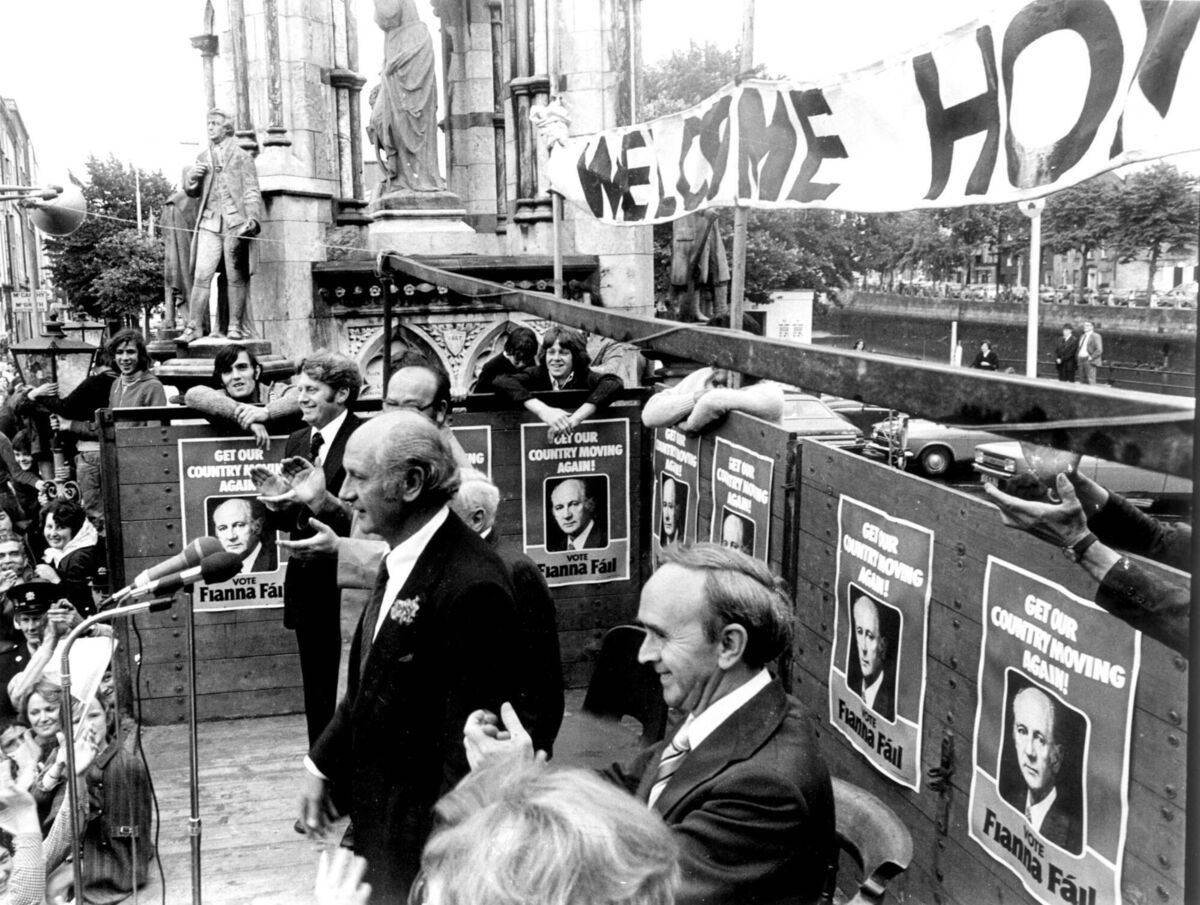
Gossip about Haughey’s hatred of us reached us. While we knew that CJ, as Machiavelli noted of Louis XII of France, ‘esteemed no one unless that person was armed or had something to give’, low esteem didn’t seem to describe his loathing for us. It was the first time we had encountered the tribal resistance to communications skills building.
As far as we were concerned, we were in the business of training people, including politicians, to express themselves through mass media in a way that was interesting, understandable and memorable. None of that required us to share the opinions of the politician in front of us, and most of the time we didn’t.
Down through the following decades, we worked, at different times, for Fianna Fáil, Fine Gael, Labour, the Green Party, and the Progressive Democrats, as well as for Northern Ireland and overseas politicians. Eventually a political party decided to pay us enough to exclusively retain our services, but that was much later.
Meanwhile, that couple of hours in sunshine in the grounds of RTÉ won Tom Savage a reputation as a man who had a unique take on party political broadcasts, and so, in subsequent years, our company became the go-to place for almost all political parties to seek advice on or production of party political broadcasts.
No more pointless task has ever been invented.
Party political broadcasts are a uniquely Irish waste of time, about which we get ludicrously virtuous because, while other countries allow their political candidates to pay big money to be made look credible by good TV production, we insist on a format that makes almost everybody look equally bad and makes no measurable contribution, ever, to the electoral result.
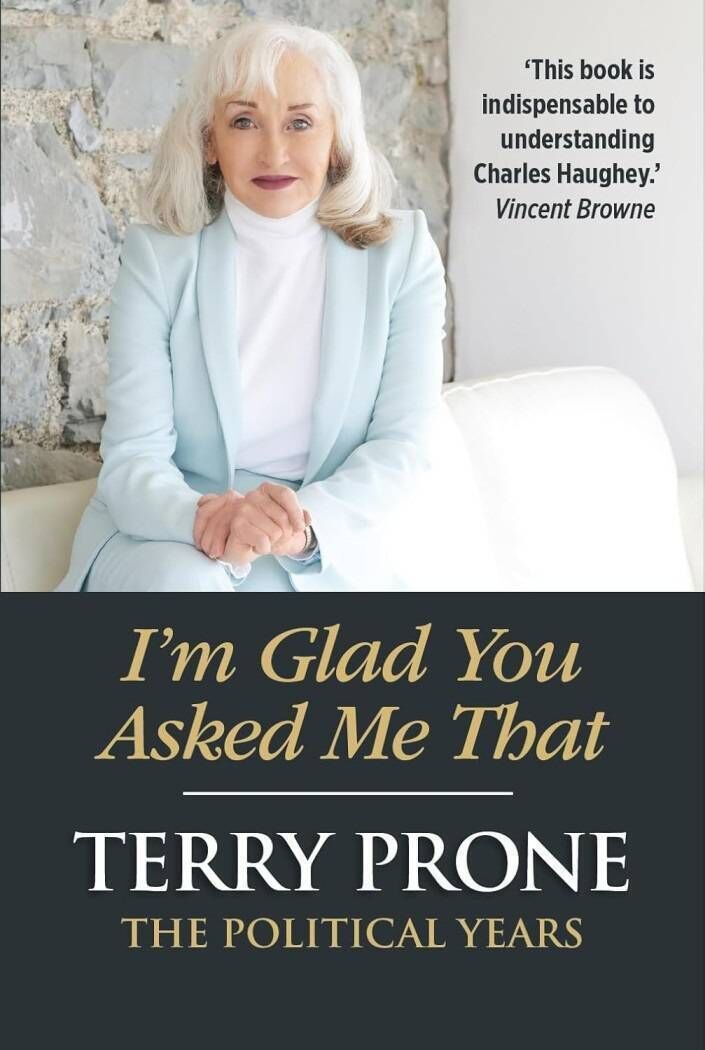
Tom’s direction of the Lynch party political broadcast resulted in something that was at best okay to look at, with the exception of the Charles Haughey section, which he delivered with all the forced gravity of a judge announcing a death sentence. None of which caused or contributed to Jack Lynch’s party winning a landslide victory on that occasion. That was delivered through shocking promises made by Fianna Fáil, which have haunted them and the nation pretty much ever since.
Haughey and his people had no justification for hating our company, but, as a group, they could work up a good hate in a minute, with or without supporting evidence.
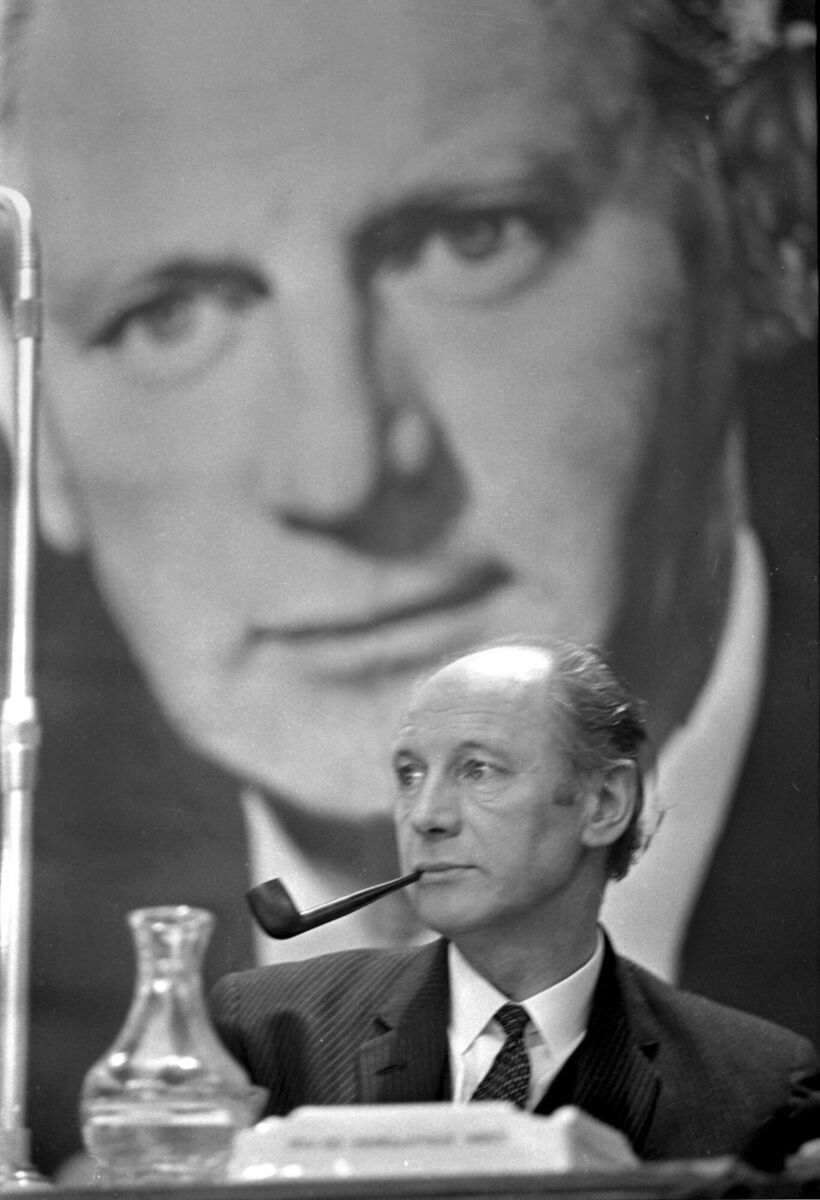
As soon as Haughey became leader of Fianna Fáil, therefore, the word went out to frontbenchers and backbenchers alike: Put not a foot in Carr Communications, which Tom and I had joined when Bunny decided he had to move from running something that was, as he put it, ‘halfway between a sheltered workshop and a cottage industry’ to running a big business.
Haughey’s ban didn’t actually stop them coming, of course. It just meant that they came at odd hours and parked their cars around the back of the Old Railway Station on Taney Road, Dundrum, where we had moved when the borrowed premises in Orwell Road became too small.
The Fianna Fáil members who came to us on the sly told us that Haughey had built a TV studio out in Kinsealy and that Don Lydon, the psychologist based in St John of God’s (later a Fianna Fáil senator) did all the training out there. We never found out how true or false this was.
- by Terry Prone is published by Red Stripe Press




